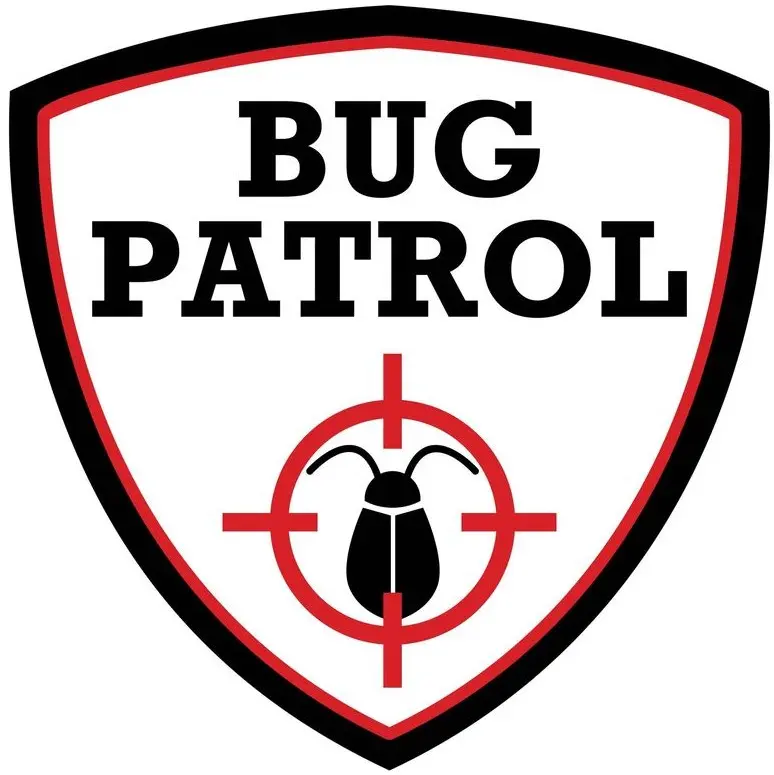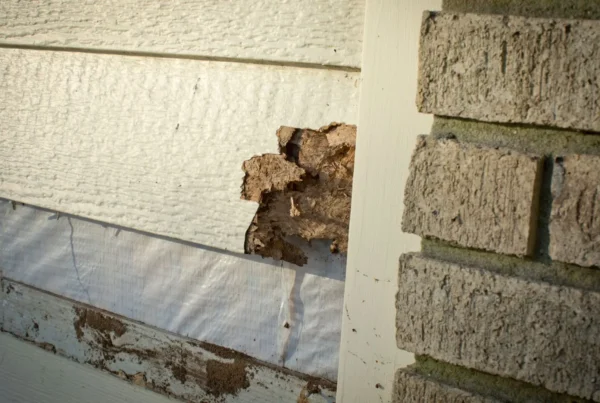If you’ve ever lived in Antelope Valley, you’re likely familiar with the persistent presence of ants. These tiny insects seem to find their way into every nook and cranny, invading homes, gardens, and even vehicles. But do the ants in Antelope Valley ever go away, or are they a permanent fixture of the landscape?
The truth is, Antelope Valley’s arid climate and abundant food sources create ideal conditions for ants to thrive year-round. Unlike some regions where ants may become less active during colder months, the mild winters of Antelope Valley allow ants to remain active and continue foraging for food.
Furthermore, Antelope Valley’s urban and suburban areas provide ample opportunities for ants to establish colonies near human habitats. From yards and gardens to kitchens and bathrooms, ants can be found almost anywhere, making them a constant nuisance for residents.
So, does this mean that ants in Antelope Valley are here to stay? Not necessarily. While it may seem like an uphill battle to keep ants at bay, there are steps you can take to manage their populations and minimize their impact on your daily life.
- Practice Good Sanitation: Keep your home clean and free of food crumbs and spills that may attract ants. Wipe down countertops, sweep floors, and store food in airtight containers.
- Seal Entry Points: Ants can enter your home through tiny cracks and openings in walls, windows, and doors. Seal these entry points with caulk or weatherstripping to prevent ants from gaining access.
- Remove Attractants: Eliminate sources of food and water that may attract ants to your property. Repair leaky faucets, clean up pet food spills, and trim back vegetation that may be touching your home.
- Use Ant Baits: Place ant baits near areas where ants are active, such as along ant trails or near entry points. Ant baits contain insecticide that ants carry back to their colony, ultimately eliminating the entire population.
- Consult a Professional: If your ant problem persists despite your efforts, consider hiring a professional pest control service. Pest control professionals have the knowledge and expertise to effectively manage ant infestations and prevent future outbreaks.
While ants may seem like a permanent fixture in Antelope Valley, they can be managed with the right approach to pest control. By practicing good sanitation, sealing entry points, removing attractants, using ant baits, and seeking professional help when needed, you can keep ants at bay and enjoy a pest-free space.




